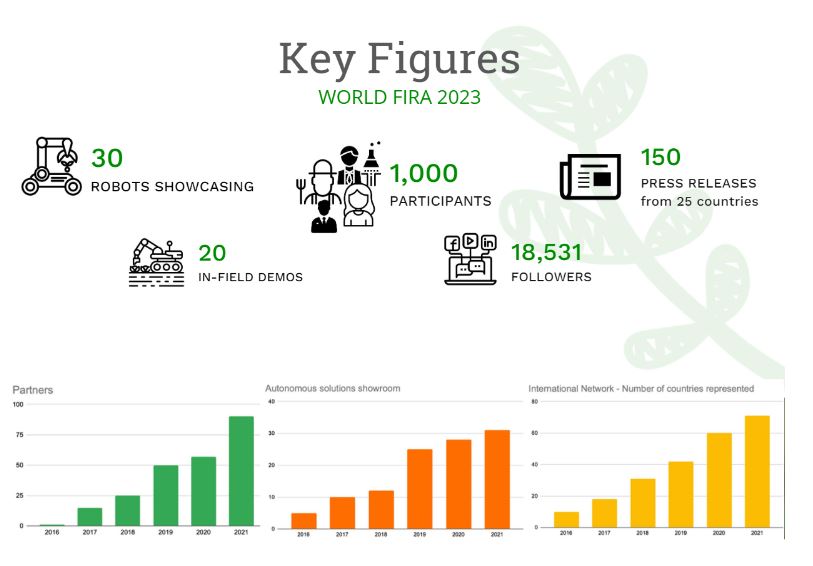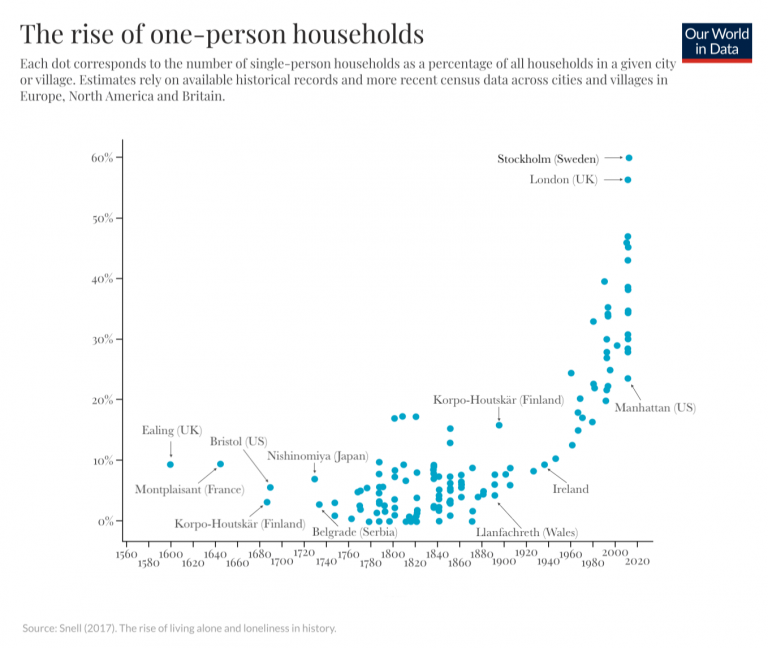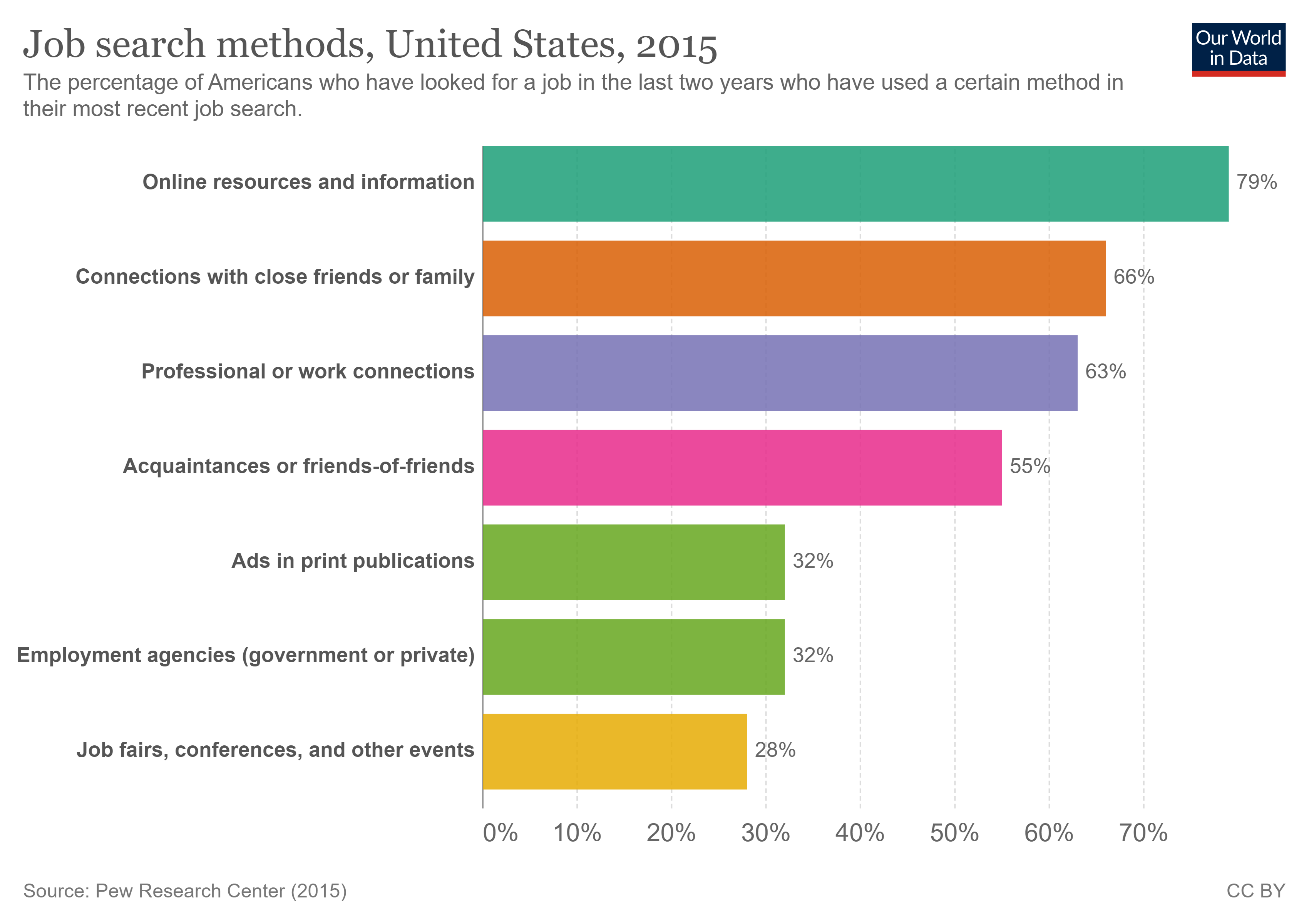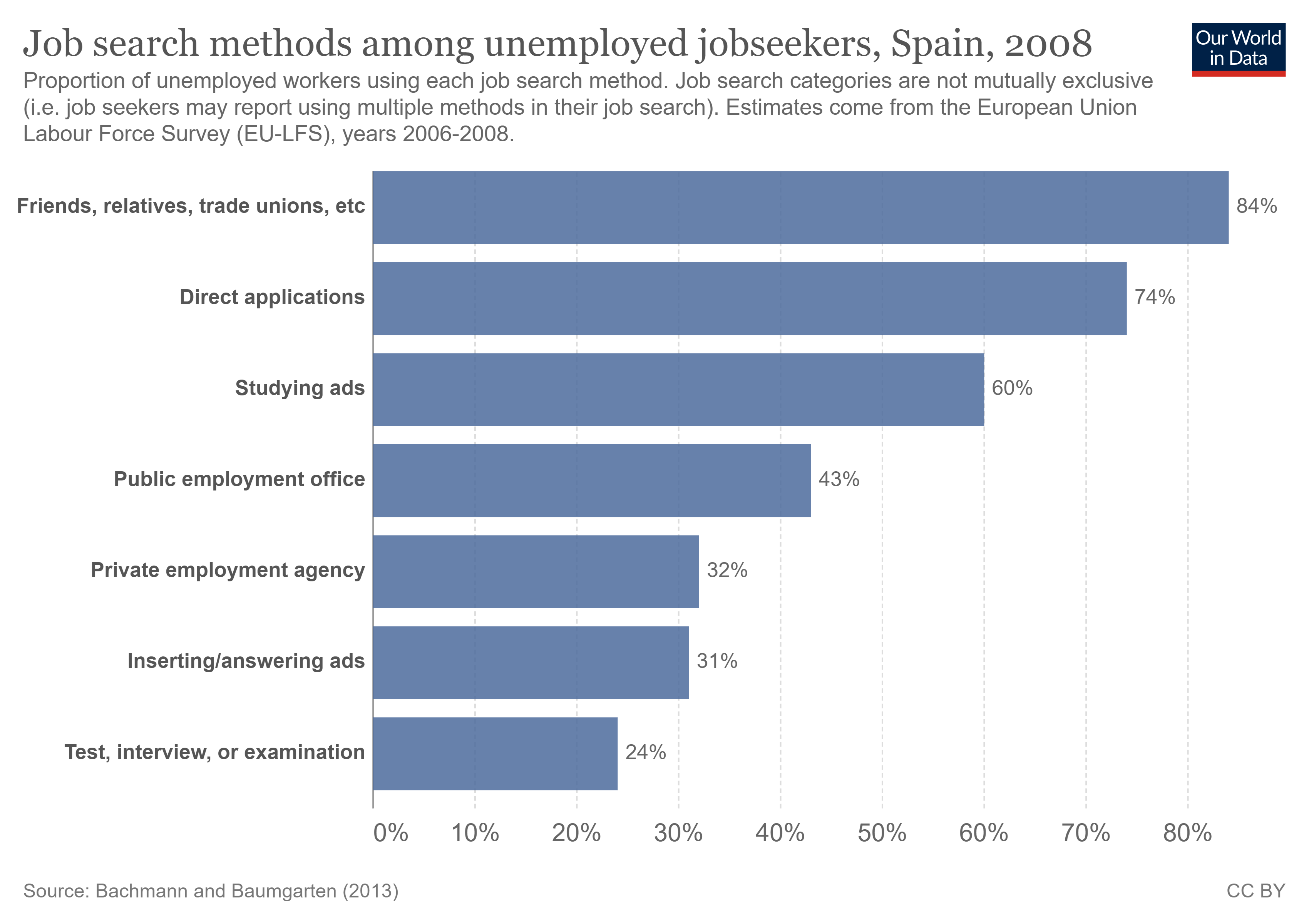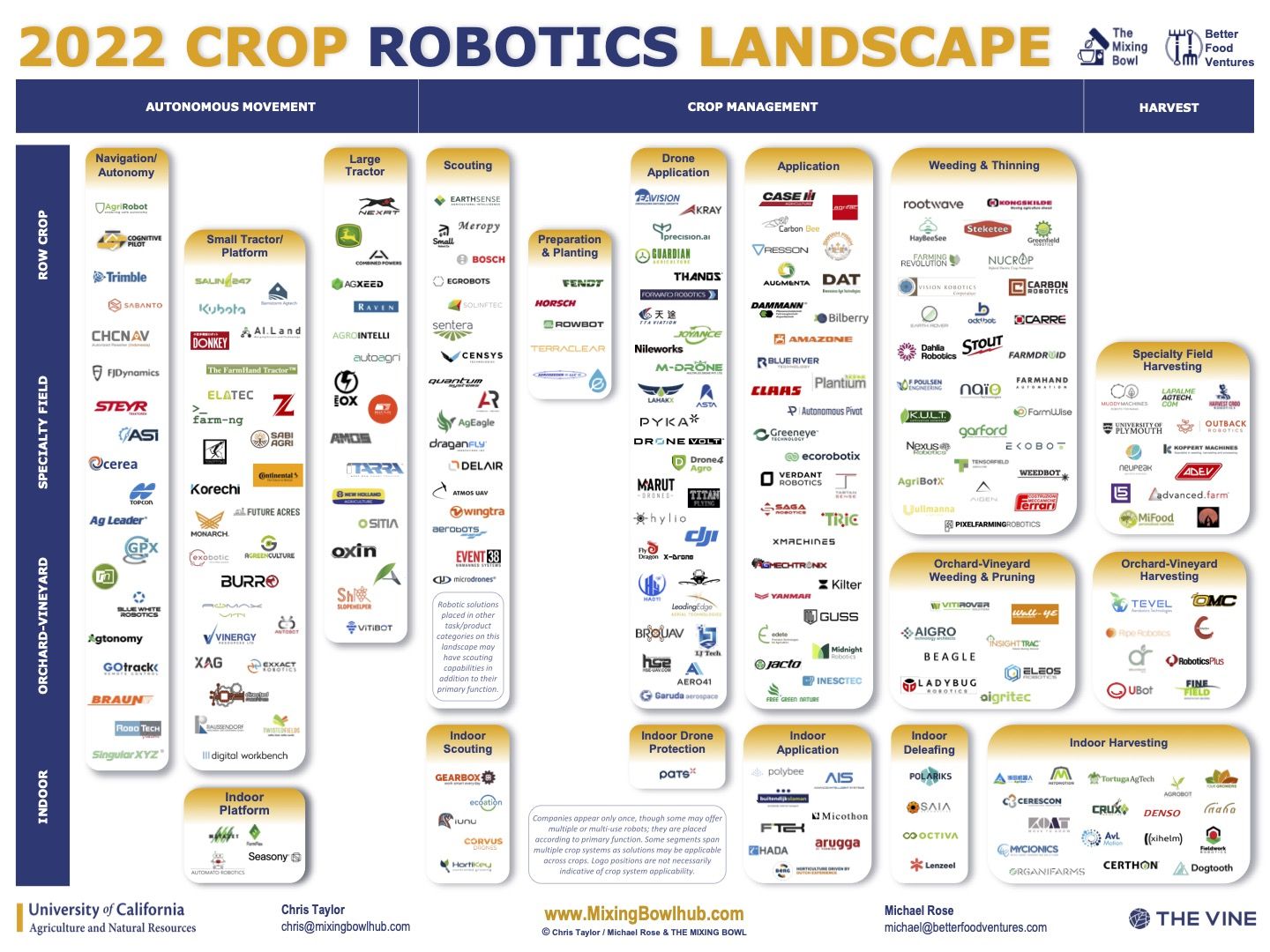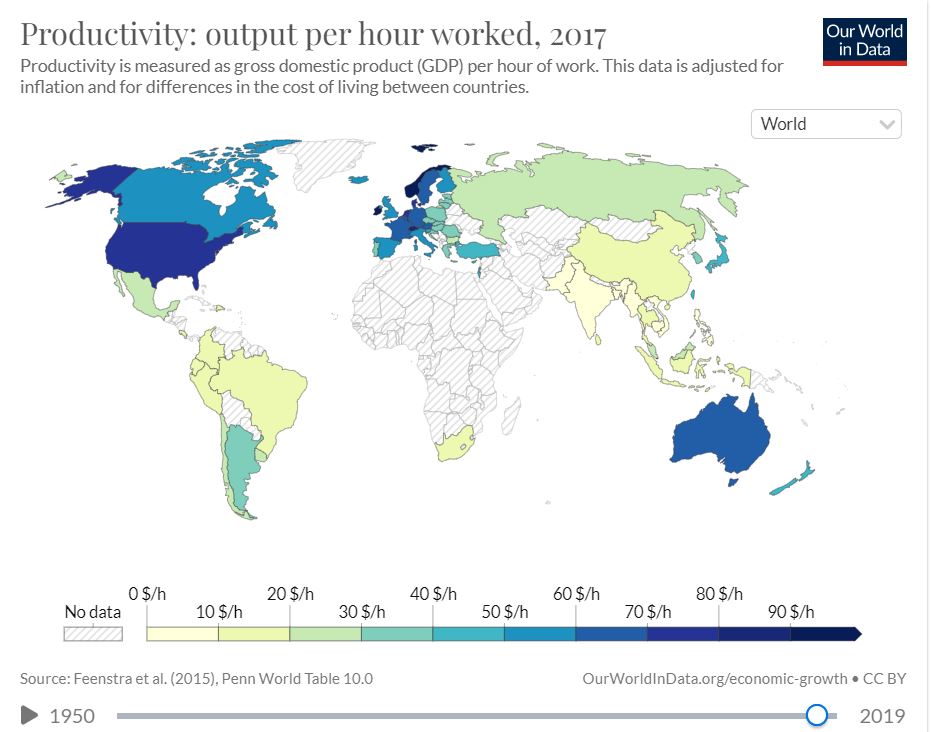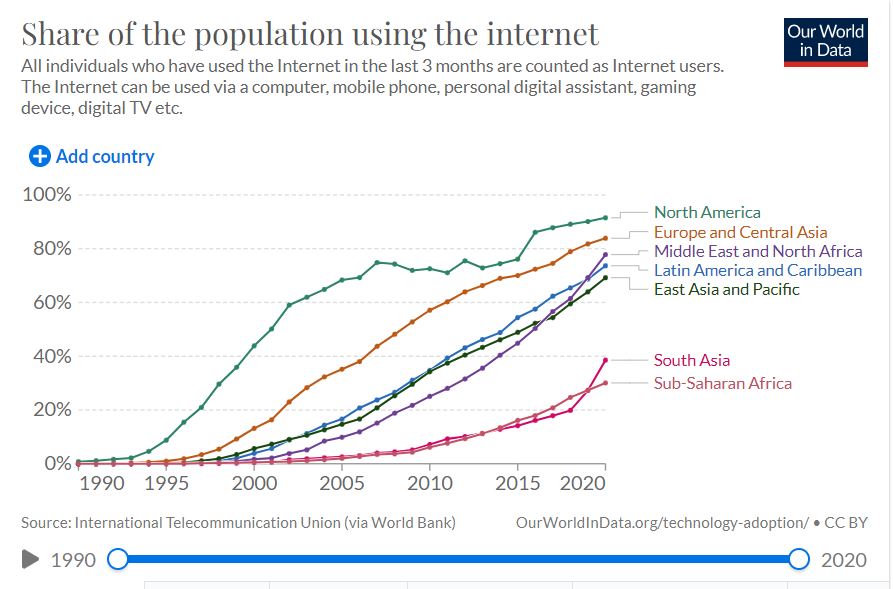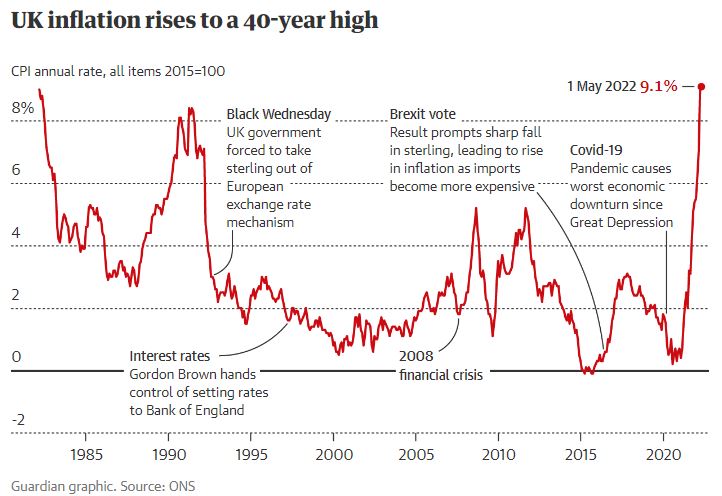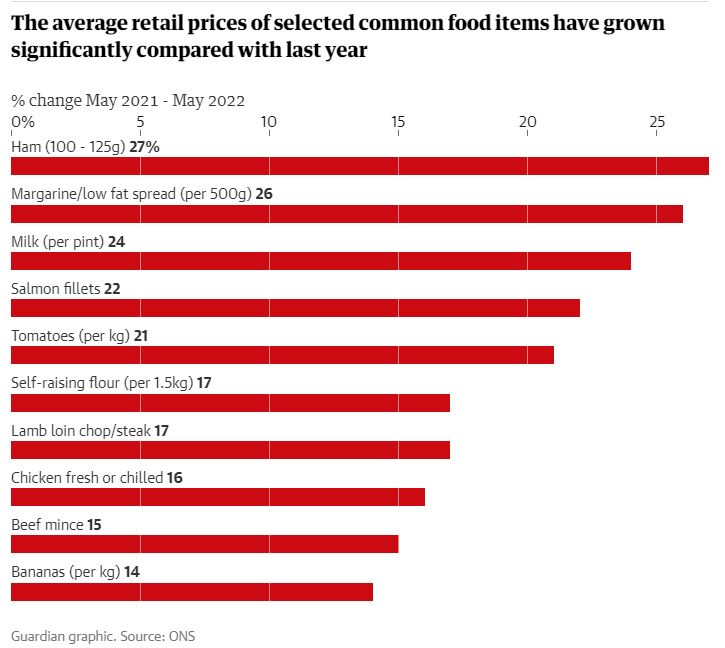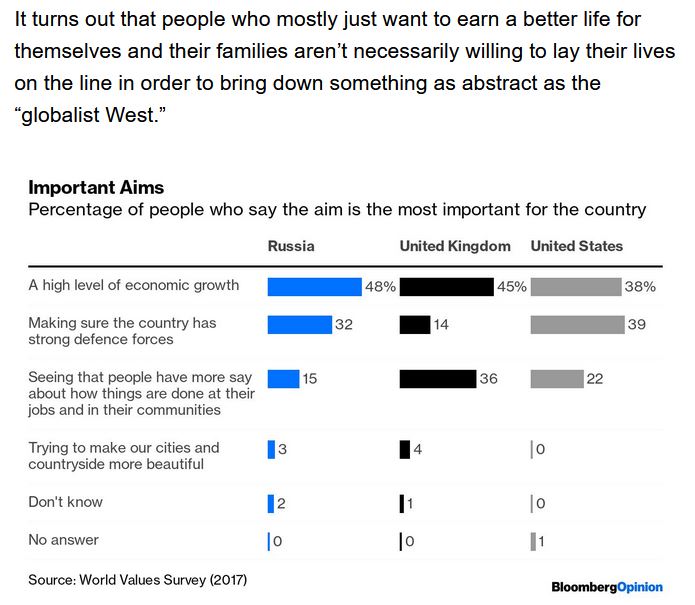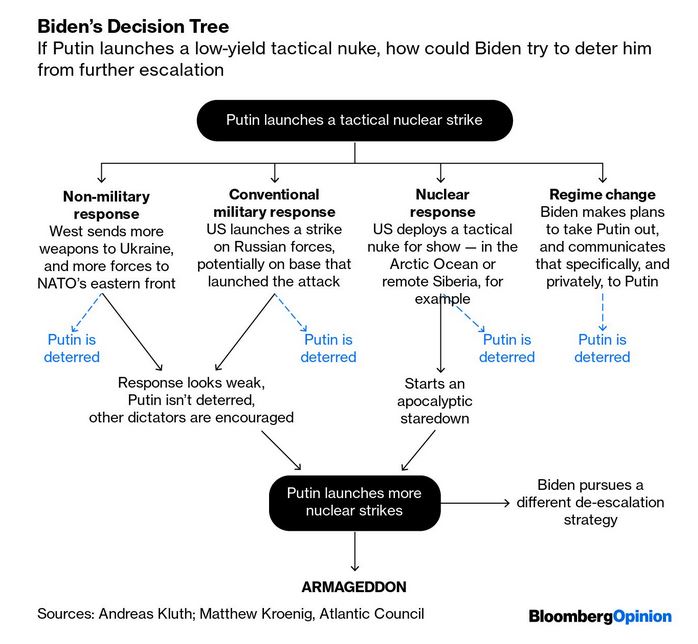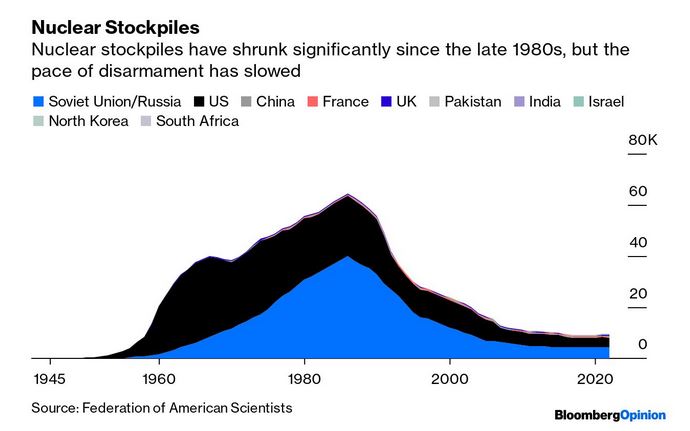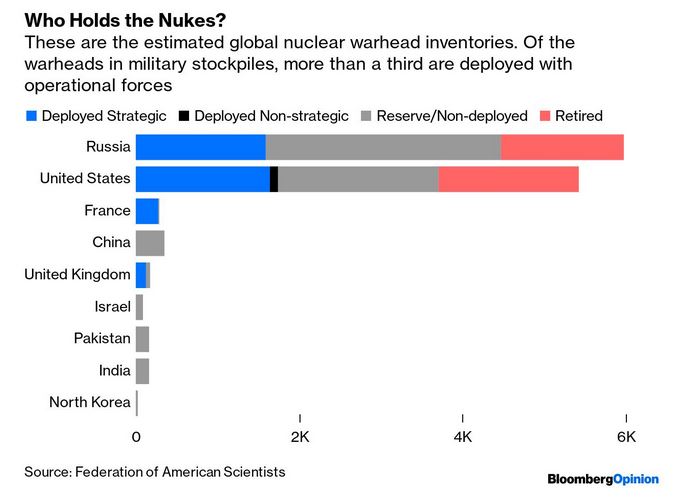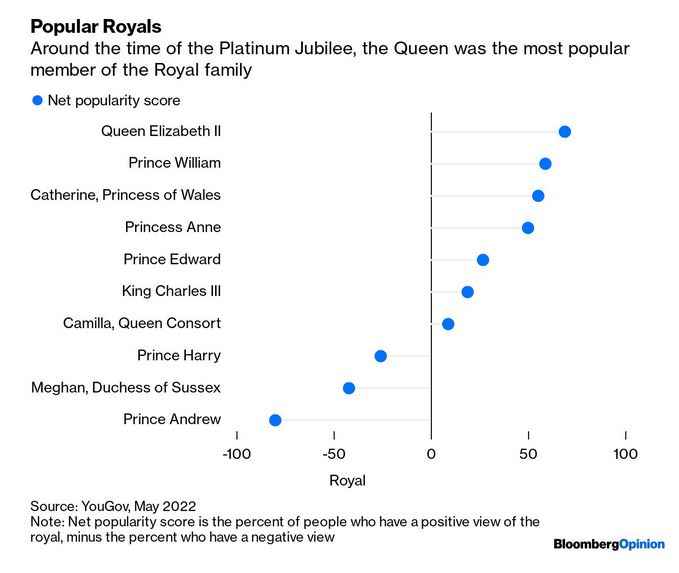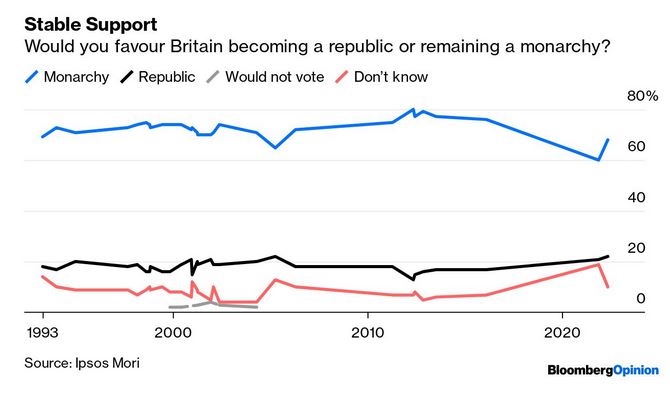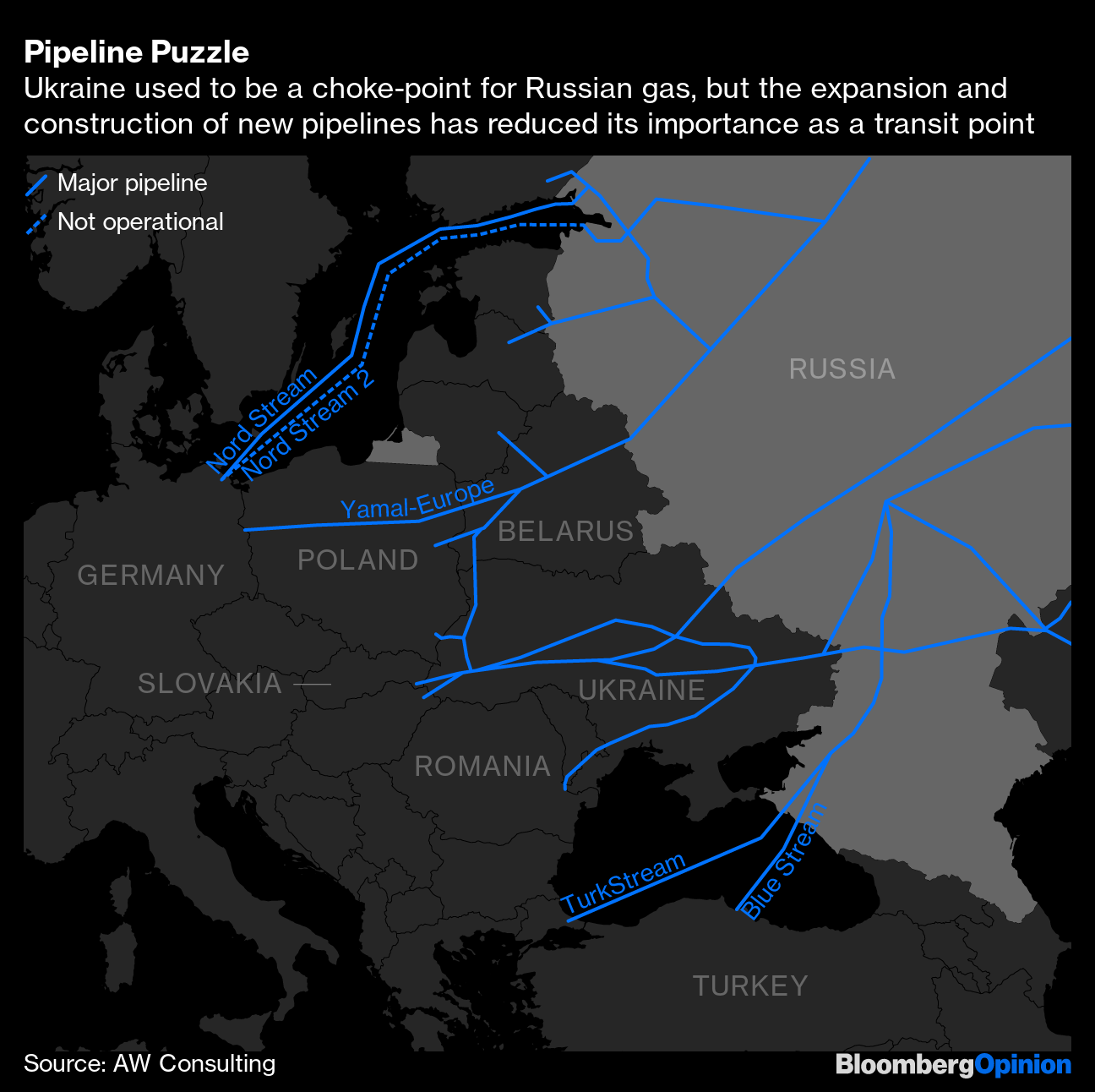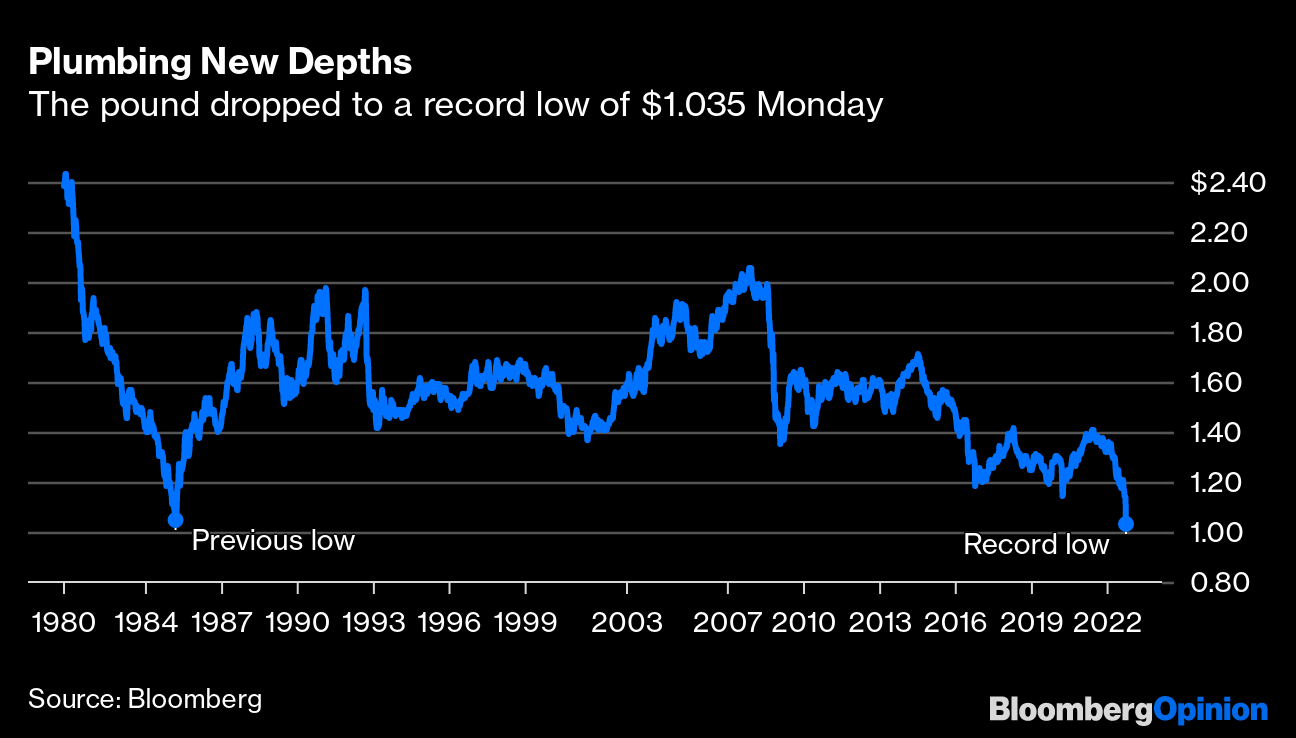|
You
can also view the message online
|
|||||||||||||||||||||||||||||||||||||||||||||||||||||||||||||||||||||||||||||||||||||||||||||||||||||||
 Châtenay-Malabry (FR - 92290), October 10, 2022 EFITA newsletter / 1059 - European Federation for Information Technology in Agriculture, Food and the Environment The informatique-agricole.org site offers you the possibility of subscribing the RSS feeds of its two newsletters See RSS feeds to implement to ensure that you continue to receive this newsletter To unsubscribe this newsletter, please contact me directely: guy.waksman(a)laposte.net if this link Unsubscribe does not work. 
To correspond with me (GW), please use this address: guy.waksman(a)laposte.net To subscribe the efita newsletter (please ask your friends and colleagues to test this link) Efita Newsletters subscription Before Computing, in 1910 Weekly newsletters about ICT in Agriculture in English and French Both newsletters have around 10000 subscribers. >>> Latest weekly EFITA Newsletters in English (created in 1999) Efita Newsletters >>> Latest weekly AFIA Newsletters in French (created more than 20 years ago in 1997) Afia Newsletters >>> Statistics for the latest efita newsletter >>> Latest issue of the afia newsletter >>> Latest available satistics for the afia newsletter Boerderij, Ferme, 1888, par Emmanuel Vierin (1869- 1954)
FIRA USA, the Agricultural Autonomous Solutions event for California and North America Growers 18-20 October - FRESNO, California - Business Time with expo zone and networking - Panel discussions and breakout sessions - In-field demos with bus tour - R&D Day See fira-agtech.com Boerderij met boer en varken, Ferme, fermier et cochon, 1900, par Emmanuel Vierin
How did we see the future yesterday?? See the incredible collection developed by Alain Fraval Archives of our newsletters in French and English Voir Afia Voir Efita PACE Executive Forum October 27-28, 2022 - Kansas City, MO - Marriott Country Club Plaza The PACE Executive Forum is just the latest project to emerge from the CropLife’s PACE Initiative. Since 1994, CropLife has built collaborative projects and programs under the PACE banner with input from ag retailers and leading industry experts from every segment of the agriculture value chain. A bellwether for PACE initiatives has been its Advisory Council, a 24-member organization of ag value chain thought leaders which aimed to pull down highly siloed market segments to reveal and engage challenges and opportunities from myriad perspectives. With the PACE Executive Forum, this long-standing and successful PACE model will be taken to the next level by broadening the participant pool, expanding the time individuals can spend together, and listen to expert presentations on the industry’s toughest challenges, in the year ahead and beyond. The PACE Executive Forum is the only place that brings together a diverse group of leaders across the ag retail industry who are looking to network, learn and discuss key trends and industry drivers with those who share a common goal of making agriculture and how we support farmers better. > Data Driven Agriculture: Transforming Your Industry The intersection of technology and agriculture, driven by new technologies, platforms, and capabilities, is reshaping agriculture. An interconnected food value chain from farm to consumer with end-to-end transparency is creating a new environment for the retailer to enhance and expand value. Moderator: - Doug Grott, Director of Digital Technology, Wilbur-Ellis Co. Panelists: - Craig Jorgensen, National Accounts Manager for Application Equipment, AGCO Corporation - Alexander Reichert, Co-Founder and CEO, AgVend > The Next Generation of Agriculture: The Future of Your Business Tech enabled and data driven are the new essentials driving production agriculture. NextGen growers requiring interoperable systems are leading this revolution, which requires retailers to adapt and grow their customer engagement strategies. Moderator: - Aissa Good, Managing Director for the Center for Food and Agricultural Business, Purdue University Panelists: - Kevin Krieg, Director of Product Marketing, Intelinair - Ben Craker, Portfolio Manager, AgGateway Plus! - New Supply – Demand Dynamics: Adapting To New Realities. - Supply Chain Disruptions: Implementing Alternative Strategies - Risk Mitigation: Alleviating Margin Pressures - The Changing Agribusiness Environment: New Constituents, New Alliances - Embracing the Sustainability Imperative - Thriving in the New Agriculture Ecosystem - The Retailer of the Future: A Roadmap For Success See paceexecutiveforum.com World FIRA 2023 7 - 9 February 2023 - TOULOUSE – France (The Airbus city)
De oogst, La moisson, ca. 1891, par Emmanuel Vierin
Historical perspective on people living alone: Evidence from rich countries Historical records of inhabitants across villages and cities in today’s rich countries give us insights into how uncommon it was for people to live alone in the past. The chart here, adapted from a paper by the historian Keith Snell, shows estimates of the share of single-person households across different places and times, using a selection of the available historical records and more recent census data. Each dot corresponds to an estimate for one settlement in Europe, North America, Japan or Britain.30 The share of one-person households remained fairly steady between the early modern period and through the 19th century – typically below 10%. Then growth started in the twentieth century, accelerating in the 1960s. The current prevalence of one-person households is unprecedented historically. The highest point recorded in this chart corresponds to Stockholm, in 2012, where 60% of households consist of one person.
FutureFarming.com > Electric weeding solution for row crops presented by Zasso and AGXTEND Zasso and AGXTEND present, for the first time in the field, the XPower XPR Concept, an electric weeding solution for row crops. According to the manufacturers the XPR is the first high voltage, non-chemical weeding equipment for non-selective weed control between the row crops at competitive working speed. > Farmers’ fieldwork in China results in higher earnings with CHCNAV Automated Steering System Whether it is tractors or other farm vehicles, small or large farms, corn or onions, many farmers have enjoyed the benefits of CHCNAV’s NX510 automatic steering kits and have had stunning success integrating automated steering system in their daily farming operations. > John Deere invests in tech that lets genetically engineered crops “talk” to farmers InnerPlant develops genetically engineered crops that can give off warning signals in case of drought, pests or nitrogen shortage so farmers can act quickly. The California-based company raised $16 million in a Series A funding led by Deere & Co. > GPS: Trimble launches next-generation displays for precision agriculture Trimble introduces its next-generation displays for precision agriculture applications – the Trimble GFX-1060 and GFX-1260 displays. > Eden granted US EPA regulatory approval for biopesticides Eden Research plc has received regulatory approval from the United States Environmental Protection Agency (EPA) for its biopesticides Mevalone and Cedroz. > Drones: XAG goes global with its P100 agricultural drone Chinese drone manufacturer XAG makes its P100 agricultural drone available for sales globally. > Strawberry-picking robot uses ultra violet light to control funguses Australian company BSC Electronics in Perth has developed a strawberry-picking robot, that uses ultraviolet light to control funguses on strawberries, reducing the need to use fungicides. > Carbon farming: Technologies for soil carbon sequestration that also remove greenhouse gases Practical applications to increase the capacity of agriculture to sequester carbon in soil are within reach. These could also significantly reduce our greenhouse gas levels. > Expert opinion: Will technology to develop sustainable IPM systems reduce agrochemical dependence? Will new ag tech enable farmers to farm sustainably and concurrently reduce their agrochemical dependence? > Indoor farming: AppHarvest’s 15-acre indoor farm features autonomous harvesting The AppHarvest Berea Farm in Kentucky is expected to be the world’s largest indoor farm that features autonomous harvesting of salad greens with the latest “touchless growing system” by Green Automation. See futurefarming.com Het kalfje, Le veau (1890) , par Emmanuel Vierin
What’s Ahead in Agriculture’s Journey Toward Artificial Intelligence The future of ag tech, including AI, is allowing machines to handle more jobs than ever thought possible before, especially in speciality crops. See globalagtechinitiative.com Three African Agtech Start-ups to Watch Agrifoodtech investment in Africa hit US$482.3 million in 2021, up from $185 million in 2020. See globalagtechinitiative.com The importance of personal relations for economic outcomes After the fall of the Berlin Wall in 1989, West German families that had relatives in East Germany saw an increase in their income, and this growth in incomes was significantly higher than that of comparable West German families without such family ties to the East. Why did this happen? Are personal and family ties really so important to our economic outcomes that they result in systematic differences in income growth? Researchers have studied this question and have found empirical support for the idea that social connections do, indeed, have large effects on economic outcomes.
Farm Robotics Market Map: 250 startups automating crop production indoors and outdoors, AFN, by Louisa Burwood-Taylor, feat. The Mixing Bowl A recent report from the Western Growers Association highlighted the ongoing labor shortages, rising costs, and climate change impacts facing farmers today among other challenges. While the report focuses more specifically on the need to automate harvest activities, the challenges ring true during other times in the crop production cycle too. Inspired by the report’s takeaways and a growing number of farm robotics startups working to meet these challenges, The Mixing Bowl and Better Food Ventures have put together a market map detailing nearly 250 farm robotics startups automating various crop farming activities both indoors and outdoors. The map was a collaboration with the University of California Agriculture and Natural Resources and The Vine. .../...
Boerin met koeien op de heide, Paysannes avec des vaches dans les bruyères (1894) , par Emmanuel Vierin
Q&A: How Seedz is digitizing Brazilian agriculture & attracting clients like Deere, Yara, AFN, by Jennifer Marston Seedz co-founder and CEO Matheus Ganem believes Brazil’s farmers are leaving a lot of money on the table. While digital tools are certainly making their way into the Brazilian agriculture sector, most of the transactions between farmers and their supply chain partners are still done offline. Misinformation, inconsistent pricing and missed financial opportunities are just a few of the consequences of this lack of digitization, says Ganem. At the same time, industry suppliers could do more to help these farmers grow if they had more actionable data readily available. Seedz addresses both of these problems with an online agribusiness marketplace and loyalty program. Once registered, farmers can buy products such as inputs or equipment and gain “SDZ” points to use towards additional products, courses, or even paying bills. It’s not unlike the frequent-flyer points system used by airlines. The platform’s major goal is to help farmers transition to digitization by taking their transactions online and also giving them opportunity to try new tools and services. Seedz raised an undisclosed Series A in 2021 and counts major agribusiness players like John Deere, Mosaic and Yara among its clients. Below, Ganem (MG) explains how the Seedz marketplace works, its major benefits for growers and suppliers, and what comes next for the company. .../... See agfundernews.com Output per hour worked
Share of the population using Internet
Provisional patent applications: the top 3 reasons why agtech startups should consider filing, AFN, by guest contributor: George Likourezos Agtech startup founders who are developing novel technologies should know that every patent system in the world is a first-to-file system. This means that the inventor who files a patent application on a particular technology before another inventor has the first right to the grant of a patent. It is therefore important for agtech startups to think about filing a patent application on their technology as early as possible, and a provisional patent application is the perfect vehicle to do so. .../... Provisional patent applications are an essential tool for protecting your agtech invention at the early stages. Besides the top three points above, provisional applications further provide comparatively lost costs to first-time non-provisional filings, time and cost savings to avoid semantic or formal patent office rejections, and more. …/… See agfundernews.com UK Inflation (1)
UK Inflation (2)
Tractor Zoom scoops up $5m to bring better data, transparency to farm equipment buying, AFN, by Jennifer Marston …/… Tractor Zoom’s online marketplace aims to simplify the equipment-procurement process for farmers. To do this, the cloud-based system leverages real-time equipment price and valuation data from vendors and auctioneers around the US. - The overarching goal is to provide more reliable, transparent data for farm credit associations, farm service agencies, banks, equipment dealerships, auctioneers, and farmers. - Auctioneers and dealers can sign on to the platform and list equipment offerings. - Currently, 600 auctioneers and 1,900 dealer locations market their inventory on the Tractor Zoom website. - Farmers can browse, filter, and compare dealer and auction listings all major types of farm equipment from their phone or computer. …/… See agfundernews.com Beverlaai te Kortrijk (1895), par Emmanuel Vierin
There’s always money in the banana-peeling robot, Morning Brew, by Amanda Hoover, September 30, 2022 Two robotic arms with prongs that resemble hands hover above an unpeeled banana on a table. One prong picks up the banana and the other grabs a section of the peel and pulls it back slowly. It turns the banana and delicately takes off each successive piece of the peel. In about 50 seconds, the robot has successfully stripped the banana, a task so simple a monkey could do it. That might not seem like a big deal in 2022 (weren’t we supposed to have flying cars by now?), but peeling a banana is a task that requires fine motor skills, something so unique to primates that robots have struggled to master the nuances. This robot had to learn nine skills to get the job done, including peeling to the left or right and picking up the banana. A human had to show the robot those tasks 17,319 times, which took 811 minutes of training. The robot comes from the University of Tokyo, which introduced it earlier this year. It’s far from perfect—it only manages to peel a banana about 57% of the time—but its invention points to a future where machines might rival humans in kitchen tasks. That’s important, because while they might not be taking over your Sunday night meal prep, robots will likely become more common in industrial kitchens, making your drive-through burger on a kitchen assembly line. .../... See morningbrew.com De weg van Veurne naar Adinkerke, La route de Furnes à Adinkerke (1898), par Emmanuel Vierin
Verdant Robotics: Variable rate at the millimeter level, Farm Futures, by Mike Wilson, Sep 28, 2022 A micro-precise modeling tool automates physical work – and may revolutionize how we weed and feed crops. Variable rate weed and feed has been around for decades, but has it lowered your input costs or given you higher yields? Has it made your cropping system more sustainable? New computer visioning tools about to hit the farm that do all those things and more if farmers adopt them. The technology promises to greatly reduce herbicide use just as food company supply chains shift to more regenerative methods that promote soil health and protect groundwater. “What we do is three things: digitize, or index the crop; track it over time; and act on the crop with millimeter precise inputs,” says Verdant Robotics CEO and co-founder Gabe Sibley. “Through applying robotics, machine learning on the farm, we can unlock value that wasn’t available before, not to mention reduce labor problems and slow input costs that keep going through the roof.” .../... See farmprogress.com Their objectives (RU, UK, USA)
Président Biden: What to do?
Is carbon-neutral beef possible or a pipe dream? Soil may offer clues, Washington Post, by Tamar Haspel …/… Where does that leave us? Carbon-neutral beef is absolutely a theoretical possibility. But for it to work, it would have to: - Be based on measured, not modeled, carbon sequestration. - Take into account any food production that was displaced by grazing. - Take land-use change, including deforestation, into account. - Count only the carbon that cattle sequester beyond what no grazing sequesters. I would love to have carbon-neutral beef, from cattle grazing in environments they actually benefit. But we have to be clear: We’re not there yet. And genuine carbon neutrality means including factors that most studies don’t yet. But ranchers and scientists are working on it, and I believe the needle will mooooooove. Sorry. See washingtonpost.com Nuclear Stockpiles
Who Holds the Nukes ?
The addressable market for plant-based meat 'may be more limited than many thought,' says Deloitte, Food Navigator USA, by Mary Ellen Shoup, 28-Sep-2022 What's behind the recent slow down of the plant-based meat category? According to new research from Deloitte, there are several factors at play including a more limited addressable market, the pressure from inflation, and questions around the products' perceived health and environmental credentials. Sales of plant-based meat alternatives surged by 45% in 2020 pushing the category past the billion-dollar mark, according to US retail data from the Good Food Institute and the Plant Based Foods Association. In 2021, sales were flat. And 2022 is proving to be a challenging year so far with dollar sales flat at -0.9% and units down -7.2% in August 2022 vs. August 2021, according to IRI data crunched by 210 Analytics. The downturn was more drastic for refrigerated plant-based meat alternatives (vs. frozen), which experienced double-digit declines in both dollar sales and volumes during the same time period. .../... See foodnavigator-usa.com Hooimijten, Meules de foin (ca. 1900), par Emmanuel Vierin
A first thought for today We are so vain that we even care for the opinion of those we don't care for. Marie von EBNER-ESCHENBACH, writer (1830-1916) A second thought for today The epitaph that I would write for history would say: I conceal nothing. It is not enough not to lie. One should strive not to lie in a negative sense by remaining silent. Leo TOLSTOY, novelist and philosopher (1828-1910) A third thought for today Too much sanity may be madness. And maddest of all, to see life as it is and not as it should be! Miguel DE CERVANTES, writer (1547-1616)
Capitalism Says the More Population the Merrier, an article about Superabundance written by William McGurn and published in the Wall Street Journal. When Earth's eight billionth baby is born, we should kick up our heels in celebration. Are human beings good? (Maybe a litlle bit exggerated ??? - GW) Not in the sense of whether they behave decently, but in the more elementary sense of whether a newborn baby is cause for celebration or a carbon-generating curse. It's a timely question, with the United Nations reporting that the stork will deliver planet Earth's eight billionth person next month. Never have so many been alive at one time, and some seem pretty sour about it. Take Liu Zhenmin, U.N. undersecretary general for economic and social affairs, who warned in a press release announcing the expected birth: "Rapid population growth makes eradicating poverty, combatting hunger and malnutrition, and increasing the coverage of health and education systems more difficult." Tesla and SpaceX CEO Elon Musk has a more positive view, even warning that civilization itself will "crumble" without more babies. "There are not enough people," he said to a Wall Street Journal audience in December. He added that many "smart people" falsely believe the world is overpopulated and urged them to look at the numbers. Now Marian L. Tupy and Gale L. Pooley have done just that. In "Superabundance," their new book published by the Cato Institute, Messrs. Tupy and Pooley find empirical support for Mr. Musk's more-the-merrier outlook. More people, they say, means not only a bigger economic pie-but more minds to think up more solutions for more of the world's problems. "The book will affirm the moral and practical value of every additional human being, leave you appreciative of the abundance that you are enjoying today, and even hopeful about the future fate of humanity," the authors write. Capitalism, they posit, succeeds not only because it is efficient but because it correctly locates the source of wealth in the human mind. Their argument builds on the life's work of Julian Simon, who features prominently in "Superabundance." Simon was a University of Maryland economist (and contributor to these pages) who wrote a revolutionary 1981 book called "The Ultimate Resource." A physical resource traditionally considered a source of wealth (e.g., oil), he observed, is valuable only because of the uses to which the human mind puts it. "Superabundance" challenges today's orthodoxy that resources are finite. Messrs. Tupy and Pooley invoke the notion of "time price," or how long it takes to earn the money necessary to buy an item, to show that things are getting cheaper-which wouldn't happen if resources were becoming more scarce. A factory worker in 1850, for example, had to work two hours and 50 minutes to buy a pound of sugar, while his counterpart today has to work only 35 seconds. Multiply that by similar gains in hundreds of other resources and commodities, and the result is "superabundance." But it isn't only about having more stuff. It's a metaphysics of wealth. The book's fundamental claim is that by almost any measure you care to choose-health, life expectancy, education, daily caloric intake-we are living in what Simon once described to me as an "epidemic of life." And it's all because of human creativity. Alas, there's something about wealthy societies that draws them to pessimism. In Simon's day, it was the idea that we were running out of farmland, or that overpopulation was outstripping the world's "carrying capacity." Though Simon won that debate-"the battle to feed all humanity" wasn't over, as Paul Ehrlich foolishly asserted in the first sentence of his 1968 book "The Population Bomb"-the battle has simply assumed a different form. Messrs. Tupy and Pooley describe the shift in argument as "the intellectual pilgrimage from worrying about running out of resources to worrying about running out of nature." In this view, critics concede capitalism's ability to produce the goods, but argue that this productive capacity itself is speeding us to our destruction. What use is everyone's being able to afford a car if the price is making the climate unlivable? But, the authors argue, it isn't only that we produce more. It's that we produce more in smarter ways, using fewer resources, and then using them in ways less harmful to the environment. The reason for this is, again, what humans produce best: ideas. Men and women are more than mouths, they are minds too-and it's time to reject the absurd calculus by which a country is said to get richer when a farmer's cow gives birth to a calf but is poorer when a mother delivers a child. So when that eight billionth child is born on Nov. 15, we should kick up our heels and celebrate, perhaps with a tart reading from "Superabundance." And amid all the warnings that we are running out of this or that, remember that when a gloomy Anglican cleric named Thomas Malthus first started declaring the Earth would never be able to feed its people, the population was only one billion. See the Human Progress Newsletter Dairy Farmers of America Combats Food Insecurity with Refrigerators, September 14, 2022 Dairy Farmers of America and Feeding America have teamed up combat food insecurity. DFA is raising money so it can donate commercial refrigerators for food pantries across its regional areas. The pantries will fill those units with donated milk. Feeding America conducted a survey of food pantries across the country in 2014. More than 95 percent of agencies answered that they don’t receive enough milk donations to meet demand. In fact, most agencies receive less than one gallon of milk per person per year! It’s such a travesty because milk is loaded with important vitamins and nutrients. .../...
Popular (or not) Royals
For the monarchy / For the Republic
Pipelines
The farmers trying to restore life to America’s stressed soils as climate change bites, by Sarah LaBrecque - General Mills, Unilever, PepsiCo and Nestle have pledged large-scale support for regenerative agriculture practices, which avoid the use of synthetic pesticides and fertilizers - Of 900 million arable acres in the U.S., only about 1.5% is being farmed regeneratively - High upfront costs, concerns about low yields, and difficulty in getting crop insurance are major barriers September 13 - “Soils should look like black cottage cheese,” says North Dakota farmer Gabe Brown. Brown runs a 5,000-acre farm and ranch, but he is far from a typical midwestern farmer. A pioneer of the regenerative agriculture movement in the United States, Brown is on the road “280 days a year”, he tells me in a recent interview, doing talks, liaising with other farmers and stakeholders, and imparting what he knows to anyone who will listen. Of which there are growing numbers. According to a new report by the non-profit Forum for the Future, the regenerative agriculture movement in the U.S. has “never had more momentum”. General Mills, Unilever, PepsiCo and Nestle are among the major food companies pledging large-scale support for this type of farming, which emphasizes soil health, biodiversity and avoids the use of synthetic pesticides and fertilizers. Amazon-owned Whole Foods called it the number one food trend in 2020. Of those food conglomerates recognizing the value of more nature-based production, General Mills has been particularly vocal. It has pledged to advance regenerative agriculture on 1 million acres globally by 2030, an area that represents approximately 25-35% of its worldwide sourcing footprint. See reuters.com Landschap met stroomijt en knotwilgen, Paysage avec ruisseaux et saules têtards (1907) , par Emmanuel Vierin
Carrot facts: The good, the bad … and the weird, by Michelle Miller, AGDAILY, September 06, 2022 You may have heard the old adage: “Eat your carrots, they are good for your eyes.” But as far as carrot facts go, it’s only sort of true. Just because you eat a lot of carrots will not be a reason your eyes suddenly get better. Eating carrots can help the body manufacture vitamin A, which is necessary for the production of rhodopsin. What does that mean? This protein is essential for vision, especially in dim light. It’s important to include vitamin A in your diet for normal vision, but eating a lot of carrots won’t ultimately fix the solution at hand. .../... No matter the production method, carrot growers are likely using a very minimal amount of pesticides. Spraying chemicals on the crop is costly, but the grower knows if they don’t, the amount of carrots harvested at the end of the growing season can be impacted. Carrot rust flies, leaf blight, aster yellow disease, and parsley worms all cause damage to the crop, pointing to the reason why different types of growers generally need to use some kind of protective product. Carrots often take about two to four months to mature, and because they can be planted at various points during spring and summer, there’s a lot of opportunity for harvests for several months. Carrots are overall healthy and include important nutrients like vitamin A, lutein, zeaxanthin, fiber, potassium, vitamin C, vitamin K, calcium, phosphorus, folate, and vitamin E. It won’t be the sole factor to help your eye vision, but it’s a nutritious product to enjoy fresh or in desserts. There’s a reason many call carrots the “perfect health vegetable.” See agdaily.com Declining Pound
Piecing together the story of ancient glass after the Beirut explosion In 2020, a chemical explosion in Beirut caused 218 deaths and widespread destruction. It also shattered one of the world’s richest collections of ancient glassware, offering experts the chance to analyse the artefacts in ways that would otherwise have been impossible See newscientist.com Landschap in Walcheren, Paysage à Walcheren (1916), par Emmanuel Vierin
Smelling... >>> Dogs can smell when we're stressed from our breath and sweat In a test to see if dogs can identify material that has been exposed to breath and sweat from stressed humans, they got it right around 94 per cent of the time See newscientist.com >>> ‘Woman who can smell Parkinson’s’ helps scientists develop test Scientists drew on 72-year-old Scot’s rare condition to help identify people with neurological condition. .../... Milne is working with scientists around the world to see if she can smell other diseases such as cancer and tuberculosis (TB). “I have to go shopping very early or very late because of people’s perfumes, I can’t go into the chemical aisle in the supermarket,” she said. “So yes, a curse sometimes but I have also been out to Tanzania and have done research on TB and research on cancer in the US – just preliminary work. So it is a curse and a benefit.” She said she can sometimes smell people who have Parkinson’s while in the supermarket or walking down the street but has been told by medical ethicists she cannot tell them. “Which GP would accept a man or a woman walking in saying ‘the woman who smells Parkinson’s has told me I have it’? Maybe in the future but not now.” See theguardian.com Vrouwenpolder in de sneeuw, Polder sous la neige (ca. 1918), par Emmanuel Vierin
The Russian Army is Disintegrating Pendant que le RN et LFI plaident toujours pour que notre pays ne livre pas d'armes à l'Ukraine... Grâce aux USA, au Royaume-Uni, et dans bien moindre mesure la France, qui n'a que peu d'armes adaptées au combat contre les Russes... NB : Je ne suis sans doute pas le seul, mais je n‘imaginais pas que les armes nucléaires tactiques actuelles (dont nous menace Poutine) auraient des puissances comparables à celles lancées sur Hiroshima et Nagasaki en 1945. >>> Vladimir Putin’s invasion appears to be doomed. We are nearing what feels like a dangerous and decisive climax in Vladimir Putin’s doomed invasion of Ukraine, as the teetering Russian military continues to cede ground in the face of fierce Ukrainian advances, while the Kremlin spins political yarns as it tries to replace its eviscerated army. In point of fact, Putin is losing his war of conquest badly, but instead of backing down, he has further dialed up the stakes by formally annexing a massive slice of eastern Ukraine he has little hope of controlling, militarily or otherwise. Thus, we are quickly approaching a pivotal moment in this war. If events continue in the direction they are currently headed, the invading Russian army could collapse into nothing as soon as this week, or the next. If that happens, the world is facing an unprecedented risk of nuclear cataclysm. With negotiations simply not happening, and all parties bracing for more escalation, this conflict is becoming the nightmare we all knew it might, in the very heart of Europe. Frankly, it would be miraculous if this war didn’t continue to spin utterly out of control. Currently, it’s on a terribly ominous trajectory, and things are getting worse by the day. One hopes for a resolution before it’s too late. Humanity is closer to nuclear catastrophe than at any time since the Cuban missile crisis, a grim reality that seems to have escaped many of us, amid the thickening fog of this war. …/… >>> Quagmire, defeat, or apocalypse There seem to be three options, right now, about how the war in Ukraine might unfold. First, Russian forces could more or less hold the frontlines they’ve established, as fresh conscripts from the mobilization begin to arrive. With the ongoing collapse of Russian positions, however, this feels unlikely, though it’s certainly possible. Second, Russian forces could experience outright defeat, in a catastrophic and cascading disintegration of the frontlines before winter sets in. This feels increasingly plausible, considering Ukraine’s unremitting advances. Lastly, in the event this happens, the Kremlin could begin detonating tactical nuclear weapons, gambling that Ukraine’s Western partners, particularly the U.S., would be so terrified of nuclear armageddon, they would desist from the war, and sue for peace. We know Putin is considering this from his own words, and those of his closest cronies. Ultimately, anything is possible. With Putin’s war of aggression turned back against him, he will be desperate to preserve his power, and his life. At this point, it’s hard to see how might he survive out of office. With a chorus of criticism beginning to echo throughout Moscow, it’s unclear how long he has left to repair his broken military. Of course, even if Putin were ousted, there’s a chance that his successor could be even worse than himself, someone like Ramzan Kadyrov, perhaps, who wouldn’t hesitate to reach for nuclear weapons. See alexziperovich.com Molen langs de Leie, Moulin à vent le long de la Lys (ca. 1923), par Emmanuel Vierin
Fitbit watch (Do you know what it is? - It's a watch that counts your steps and the distances covered) One of my wife’s third graders was wearing a Fitbit watch, which prompted my wife to ask: “Are you tracking your steps?” “No,” said the little girl. “I wear this for Mommy so she can show Daddy when he gets home.”
The distribution of this efita newsletter is sponsored by vitisphere.com Please, contribute to the content of your efita newsletter, and advertise your events, new publications, new products and new project in this newsletter. Without your support, it will not survive! Contact: Guy WAKSMAN E-mail: guy.waksman(a)laposte.net To read this newsletter on our web site See Efita The archives of this newsletter See Efita Do not miss the Virus Jokes in English and French About the EFITA mailing list You can use the efita moderated list (> 15000 subscribers) to announce any event / product / web site / joke (!) related to IT in agriculture, environment, food industry and rural areas. If you want to subscribe a friend, please fill in his form. If you do not wish to receive our messages, please fill in the following form... |





